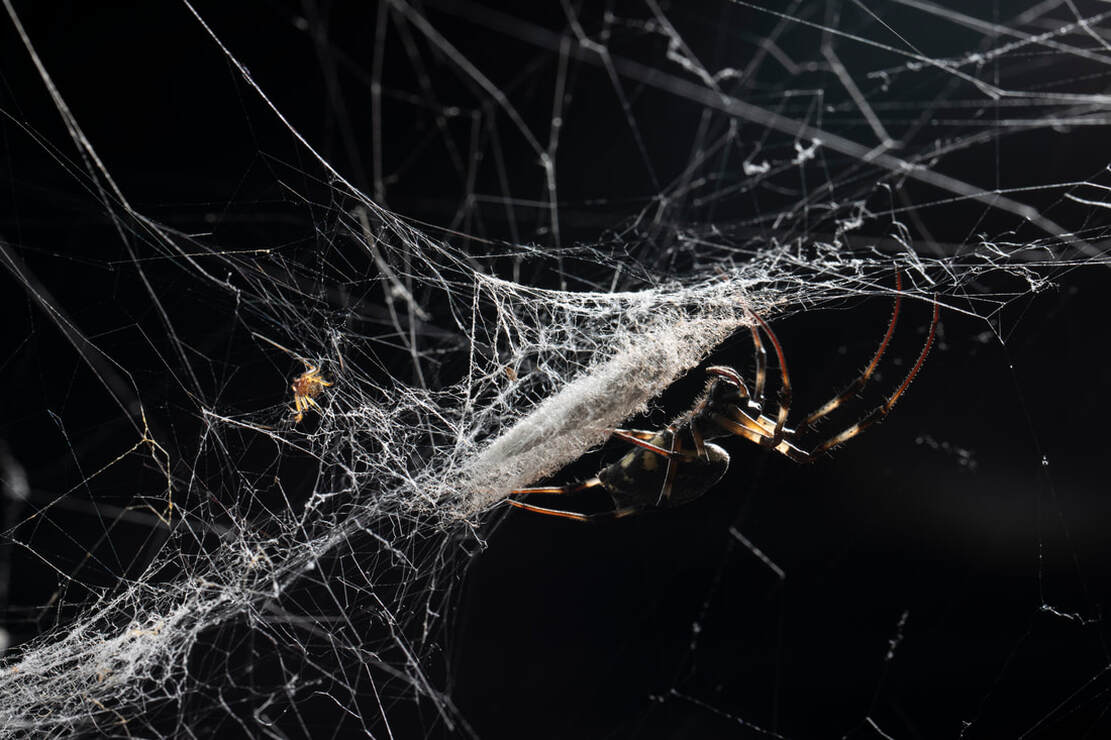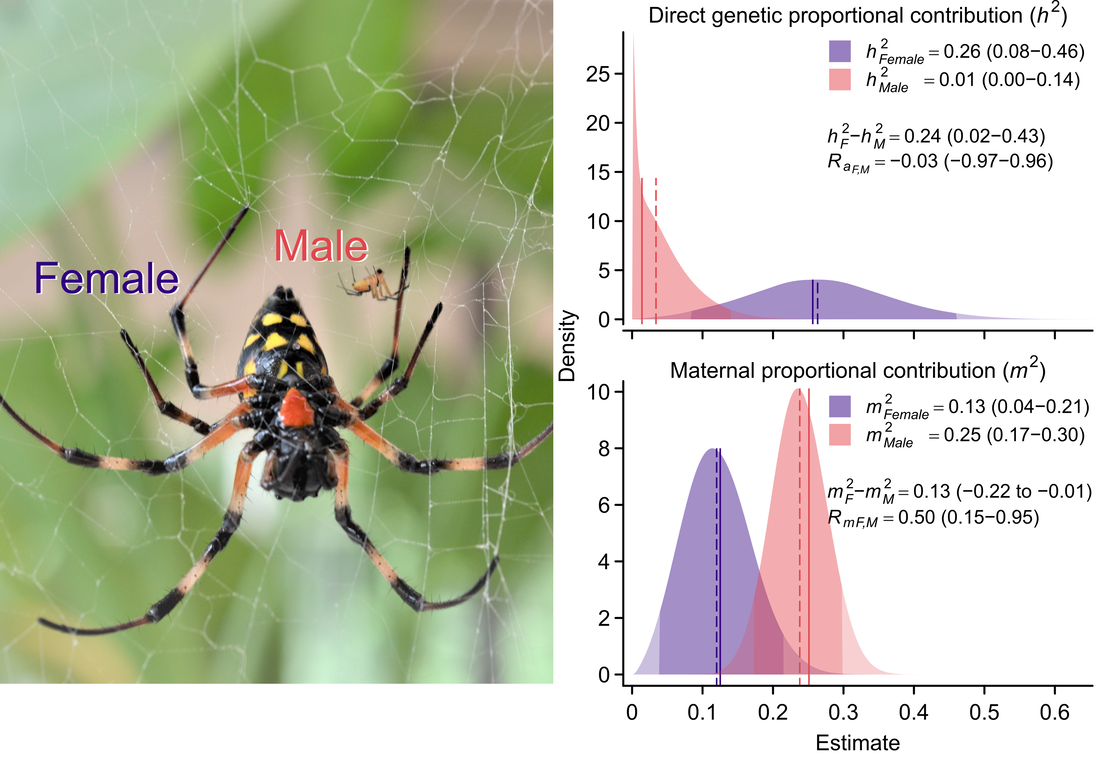Photo: Teo Delić
Research lines
- Why do females and males differ in how they behave and look? Females and males share the same genes for most homologous traits, but their phenotypes may drastically differ. How do these remarkable sex differences arise? Our research focuses on understanding the mechanisms enabling and processes shaping sex differences, using a combination of quantitative genetic and experimental approaches. We plan to use traditional and state-of-the-art methods, i.e., pedigree-based breeding, quantitative genetics, genomics, and transcriptomics, to elucidate the relationship between genotype and sex-specific phenotypes.
- We focus on studying personality variation and its evolutionary and ecological consequences. We are particularly interested in whether and how sexual selection drives personality variation. We also study the genetic architecture of personality traits and whether it differs between the sexes.
- We study how personalities are related to the ability to adapt to a changing environment. In our current studies, we are investigating whether transgenerational plasticity, specifically maternal effects, can serve as a short-term response to anthropogenic change.
- The role of sex-specific maternal effects in shaping phenotypic sex differences.
- Mating strategies and systems.



